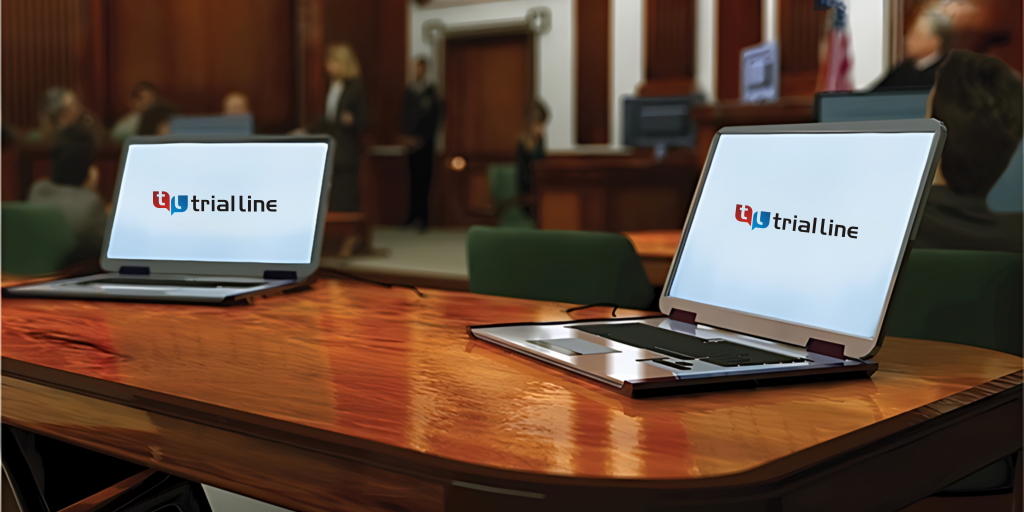Enhancing Your Legal Method With Professional Trial Presentations
In today's lawful landscape, the relevance of specialist trial presentations can not be overstated. As attorneys browse the intricacies of the court room, the capacity to successfully share complex debates is vital. By changing thick lawful ideas into appealing stories, professionals can enhance juror comprehension and retention. Additionally, incorporating multimedia devices and storytelling techniques can create an engaging backdrop that not only educates however also resonates emotionally with jurors. However, the concern continues to be: what details techniques can attorneys utilize to elevate their presentations and inevitably affect trial end results?
Importance of Test Presentations
Trial discussions work as a critical component in the legal procedure, effectively connecting the gap between intricate legal debates and juror comprehension. The capacity to boil down elaborate lawful principles into obtainable stories is crucial for jurors, that have to make educated choices based on the evidence offered. A well-crafted discussion not only clears up the case yet also improves the persuasiveness of the disagreement, ultimately affecting the court's understanding.
In an age where attention periods are limited, the significance of engaging visuals and clear communication can not be overstated. Test presentations offer to capture jurors' passion and keep their focus, permitting a deeper understanding of the realities and lawful concerns available. Additionally, they provide an organized structure that arranges the situation, assisting in rational flow and coherence.

Key Parts of Effective Presentations
An effective discussion in a courtroom establishing hinges on numerous key parts that jointly enhance its impact. Attorneys must distill complex legal arguments into concise, easily digestible points to guarantee jurors understand the core issues.
Visual aids play an essential role as well, as they can considerably reinforce key messages. Effective use displays, graphes, and representations can clear up elaborate details and highlight essential realities. In addition, the presenter's delivery design is essential; positive, appealing communication cultivates reputation and keeps jurors' interest.
Lastly, understanding the target market is vital. Tailoring the discussion to the jurors' histories and values can cultivate a connection that enhances understanding to the disagreement. In summary, quality, narrative structure, visual help, delivery design, and audience recognition are important to crafting an efficient court room presentation that resonates with jurors and sustains the overarching legal method.
Innovation in Test Presentations
Modern courts significantly integrate modern technology to improve test presentations, improving the foundational components of efficient interaction established with clear messaging and engaging narratives. The unification of audio-visual aids, such as high-def projectors and interactive displays, enables lawful teams to existing evidence in a much more engaging manner. This innovation not just catches the jury's focus yet likewise facilitates a far better understanding of complex information.

Digital devices, consisting of presentation software program and digital display management systems, simplify the organization and access of evidence (trial presentations). Lawyers can quickly reference files, images, and video clips, making sure that critical details is readily accessible during the test. In addition, the use of computer animations and simulations can vividly show essential concepts, making them simpler for jurors to understand
In addition, court room technology advertises partnership amongst attorneys, allowing real-time changes to discussions based upon jury reactions or unforeseen growths. The ability to adapt on the fly is important in keeping interaction and enhancing disagreements. As technology proceeds to advance, its function in test discussions will certainly increase, offering innovative methods to interact effectively and persuasively in the search of justice.
Storytelling Methods for Effect
Effective narration methods are crucial in providing impactful test discussions, as they change intricate lawful arguments into relatable stories. A well-crafted tale mesmerizes the audience, making it easier her explanation for jurors to comprehend and keep in mind bottom lines.
To produce a compelling story, lawyers need to concentrate on developing a clear framework with a beginning, middle, and end. The start should introduce the instance context and its value, while the center elaborates on the core concerns, weaving forthcoming and witness testaments that sustain the disagreement. Effectively, the ending need to reinforce the designated message, driving home the wanted end result.
Additionally, integrating emotional elements can dramatically enhance the story's influence. By humanizing the instance, attorneys can stimulate compassion, enabling jurors to connect personally with the facts provided. Using vivid images and stories can also assist in showing Related Site intricate themes, making them extra substantial and memorable.

Tips for Execution in Court
Applying narration methods in court calls for mindful preparation and implementation to ensure that the narrative resonates with jurors. Begin by determining the core message of your situation and straightening it with the emotional and valid aspects that will certainly involve the jury. Develop a clear and compelling narrative arc that includes an intro, a development of conflict, and a resolution.
Make use of visual help to boost storytelling; exhibits, timelines, and multimedia presentations can help highlight intricate principles and keep juror interest. Exercise your delivery, making sure that body language, tone, and Going Here pacing follow the psychological weight of your story.

Verdict
In final thought, specialist test presentations play an important function in enhancing lawful strategies by successfully connecting complicated arguments to jurors. The combination of aesthetic help, clear stories, and psychological storytelling fosters juror engagement and understanding.